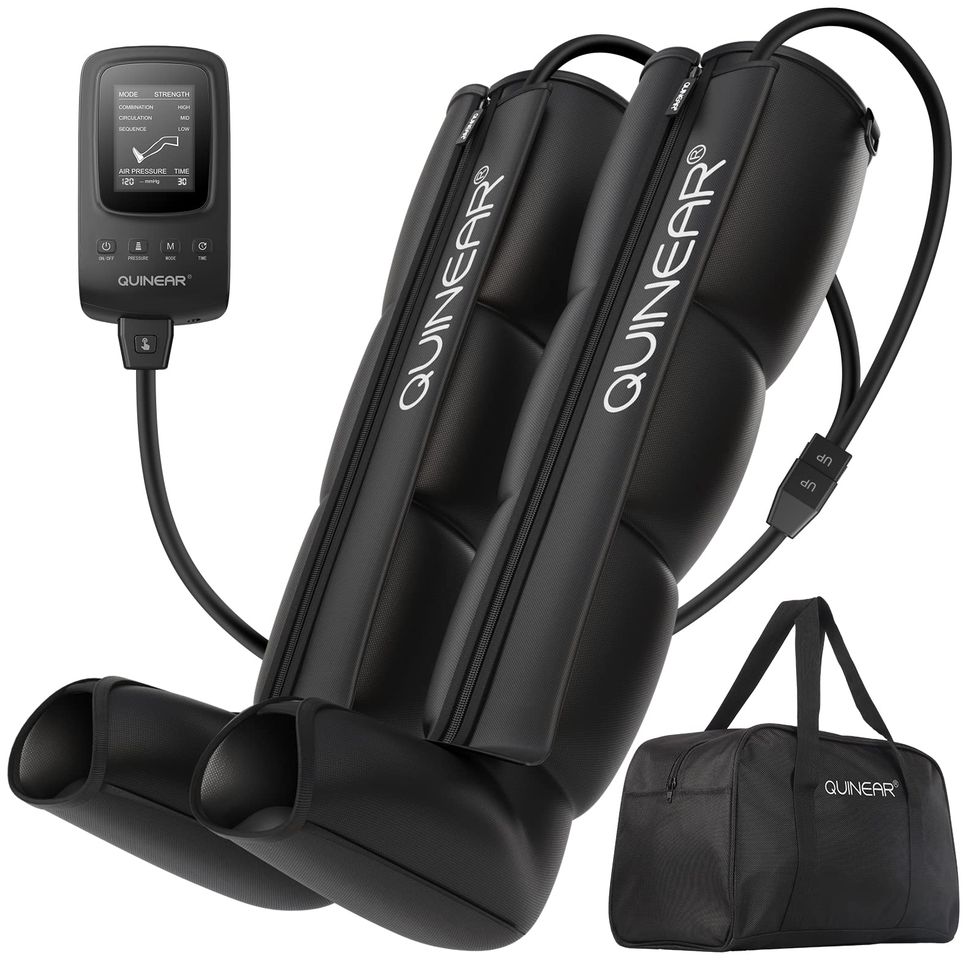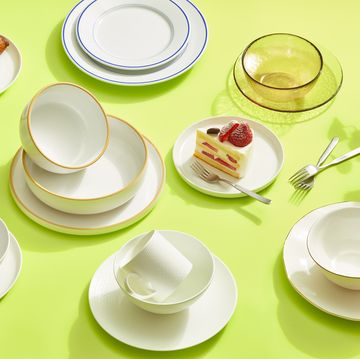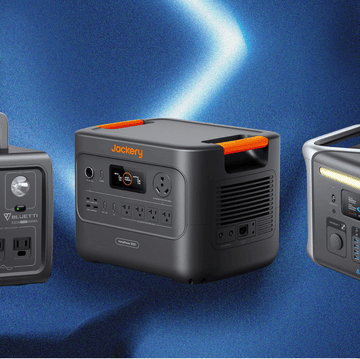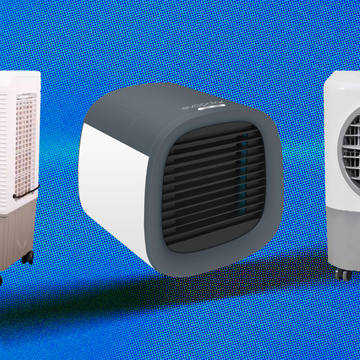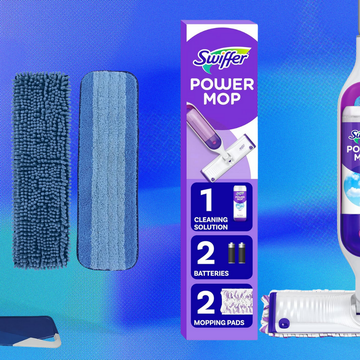The Best Compression Boots Worth Investing In, From a Trainer’s Experience
Trainers know recovery best. These are the compression boots we actually recommend.

We've been independently researching and testing products for over 120 years. If you buy through our links, we may earn a commission. Learn more about our review process.
If you've ever seen professional athletes, celebrities or even performers lounging in those giant space boots after a game or on social media, you've seen compression boots in action. Once only found in clinics or pro training rooms, they're now available for home use thanks to big recovery brands making them more accessible (though still pretty pricey).
Compression boots work by using air pressure to gently squeeze your legs in cycles, which can help improve circulation, reduce soreness and speed up recovery. "They are commonly used in hospitals, clinics and athletic settings for improving circulation, preventing deep vein thrombosis (DVT) and aiding in recovery after intense physical activity," explains certified strength and conditioning specialist Mike Tromello, MAT, CSCS, RSCC*D, USAW National Coach, CF-L2.
As a personal trainers, we were curious about whether or not these boots are really worth the investment. So we teamed up with fitness experts at the Good Housekeeping Institute to put them to the test, logging serious hours trying out the latest models and speaking with top recovery pros to get the full picture.
While research is still evolving, we can say from experience that when used consistently (and correctly), these boots can make a real difference. Ahead, you'll find the compression boots that stood out in our testing for their performance, comfort and special features, so you can find the right pair for your recovery routine.
Stefani (she/her) is a registered dietitian, a NASM-certified personal trainer and the director of the Good Housekeeping Institute Nutrition and Fitness Lab, where she oversees all nutrition and fitness-related content, testing and evaluation. She holds a master’s degree in clinical nutrition from New York University, as well as advanced certifications as a Women's Fitness Specialist and a Behavior Change Specialist. Stefani is dedicated to providing readers with evidence-based content to encourage informed food choices and healthy living. She is an avid CrossFitter and a passionate home cook who loves spending time with her big fit Greek family.
Amy Schlinger is a skilled reporter, writer and editor who has over 14 years of experience covering health, fitness, wellness, nutrition and lifestyle topics. She regularly interviews world-renowned doctors and medical professionals, elite trainers, nutrition experts, professional athletes and celebrities, and has held staff positions at Shape, DailyBurn, Self and PopSugar. Her work has appeared in Reader's Digest, Men’s Health, The New York Post, The Wall Street Journal, HuffPost, Women’s Health, Glamour, Runner’s World, Bicycling and more. She earned her BA in Media Arts and Design, with a concentration in Print Journalism, from James Madison University. Amy has run six half marathons, completed two triathlons, biked two century rides, finished two Tough Mudder races and four Spartan races, including a beast at the Spartan World Championships.
Karen Litzy, P.T., D.P.T. is a licensed physical therapist, international speaker, and owner of Karen Litzy Physical Therapy, PLLC. Through her work as a physical therapist, she has helped thousands of people, including Fortune 500 CEOs, royalty and celebrities, overcome painful conditions, recover from surgery, and feel stronger than ever before. As the host Healthy Wealthy & Smart, a top 200 podcast, on Apple Podcasts, she has interviewed influencers in the worlds of health, medicine and entrepreneurship. She also shares how she has prevailed with her own experience of chronic pain.


The Best Nugget Ice Makers
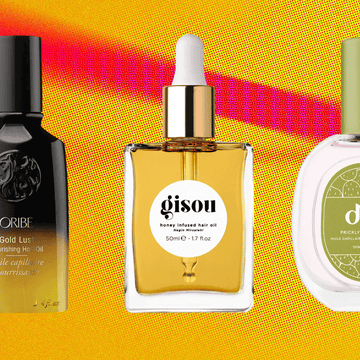
The Best Hair Oils for Curly Hair
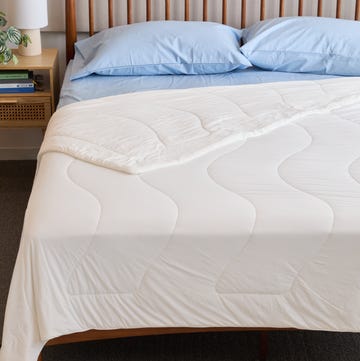
Rest Evercool Cooling Comforter Review

The 9 Top Kitty Litters

